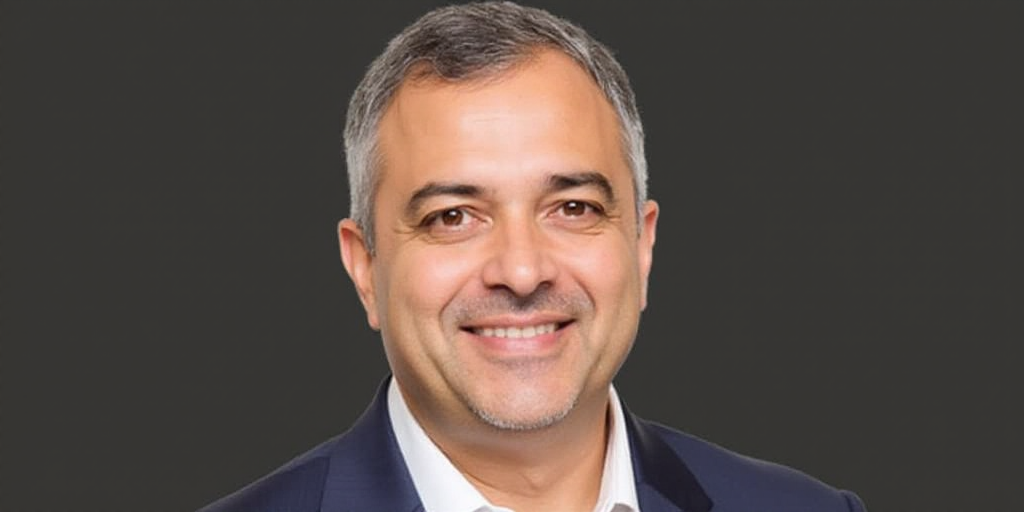Background on Omar Mejía Castelazo and His Role
Omar Mejía Castelazo serves as the subgovernor of Mexico’s Banco de México (Banxico), the country’s central bank. As one of the key decision-makers in setting monetary policy, his statements carry significant weight in shaping Mexico’s economic landscape.
Mejía Castelazo’s Statement on Interest Rate Reduction
Despite global uncertainties, including geopolitical tensions and potential shifts in international trade dynamics, Mejía Castelazo asserted that Banxico has clear signals to continue reducing the interest rate. He made this statement while delivering a lecture at the National Autonomous University of Mexico (UNAM).
Independence from US Monetary Policy
Mejía Castelazo emphasized that Banxico’s interest rate decisions are independent of the Federal Reserve’s actions in the United States. He highlighted that internal conditions and their prevailing state are crucial factors in calibrating the interest rate level.
Economic Conditions and Inflation
Mejía Castelazo explained that economic activity conditions remain negative when measured against the product gap, which will be significant in price formation processes.
He previously mentioned that the recomposition across various sectors of Mexico’s economy predominantly suggests a downward bias for inflation.
Inflation Readings and Their Sources
The subgovernor clarified that recent upward inflation readings, which led to an upward revision of inflation forecasts for the second and third quarters, are linked to service sector figures.
He pointed out that while many months in 2023 saw up to 10% increases for 30% of generic items in the inflation measurement, recent readings show 40% of these generics with variations below 3 percent.
Mejía Castelazo noted that service prices had been relatively stable until recently, with the recent rise attributed to a surge in tourism services.
Volatility in Tourism Services and Inflation Prediction
Mejía Castelazo explained that tourism services exhibit significant variance and relevant volatility, making them an unreliable predictor for future inflation due to calendar effects like Semana Santa. He anticipates pressure on the inflation indicator in the second and third quarters but expects better figures moving forward.
Cooling Components of Aggregate Demand
Mejía Castelazo discussed another relevant factor for monetary policy: aggregate demand, determined by consumption, investment, and the external sector.
He explained that during post-pandemic recovery, consumption was heavily skewed towards imported goods, while services rebounded from their pandemic-induced slump. However, he noted that these elements contributing to consumption dynamics have started to cool down and will be relevant in price formation processes.
Mejía Castelazo also mentioned that investment growth had been lateral and at high levels from 2023 to 2024, but now shows signs of deceleration. Regarding the labor market, he stated that the unemployment rate remains at historic lows, though it is a lagging indicator. He pointed out that wage growth persists, suggesting continued support for consumption.
Key Questions and Answers
- Q: What is the role of Omar Mejía Castelazo? A: He is the subgovernor of Banco de México (Banxico), responsible for helping shape Mexico’s monetary policy.
- Q: What factors influence Banxico’s interest rate decisions? A: Internal conditions and prevailing states are crucial factors, independent of US monetary policy decisions.
- Q: What are the recent inflation readings and their sources? A: Recent readings show 40% of generic items in the inflation measurement with variations below 3 percent, following a period where 30% saw up to 10% increases. The recent rise is attributed to a surge in tourism services.
- Q: How does the tourism sector impact inflation predictions? A: Tourism services exhibit significant variance and volatility, making them an unreliable predictor for future inflation due to calendar effects. Mejía Castelazo anticipates pressure on the inflation indicator in the second and third quarters but expects better figures moving forward.
- Q: What are the current trends in aggregate demand components? A: Consumption has cooled down, with a shift towards imported goods during post-pandemic recovery. Investment growth has decelerated, while the labor market remains strong with low unemployment and wage growth.






